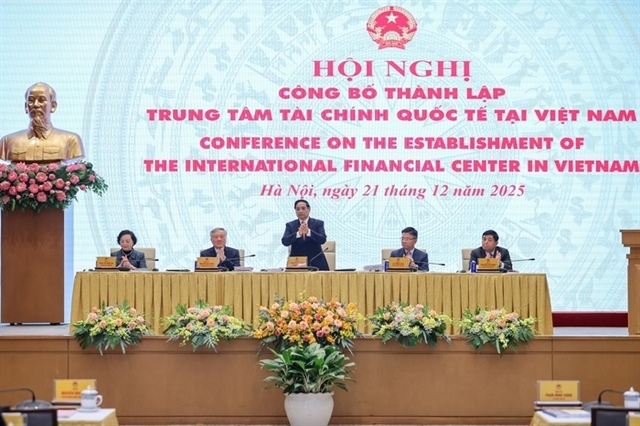Vietnam has no perfect legal framework for bank M&A
Vietnam has no perfect legal framework for bank M&A
The merger and acquisition (M&A) affairs which successfully wrapped up recently all witnessed the deep intervention of the state management agencies. It is because Vietnam still does not have a perfect legal framework for the bank M&A activities.

“Vietnam is lacking the legal framework for this issue,” said Lawyer Tran Minh Hai, Director of Basico, a law firm.
How were the bank M&A deals carried out, then? According to Hai, there are at least eight laws which comprise the provisions relating to the M&A, and tens of legal documents promulgated by the government and ministries, guiding the implementation of the laws.
However, these are just general provisions which cannot show in details what to do in specific cases. Therefore, to date, the bank stake transfer deals have been carried out with the intervention of the state management agencies and on the basis of mutual negotiations. However, every case of stake transfer applies a specific mechanism.
Truong Thanh Duc, Head of the Legal Division of Maritime Bank, said every promulgated legal document can be applied for some cases only, while the provisions would be no more suitable in the future.
Duc said the existing legal documents just can show the procedures the involved parties have to follow, while they still cannot clarify many other issues. This is one of the reasons explaining why the restructure deals at some banks have still got stuck.
A lot of questions have been raised and answered, relating to the stake transfer procedures, the responsibilities of the involved parties, the management role of the involved parties after the stake transfer deals, the bank valuation and post-M&A issues.
At present, no one can say for sure if M&A is a kind of direct or portfolio investment, and what regulations to cover what kinds of M&A affairs
In June 2012, the State Bank of Vietnam put the draft circular guiding the merger and acquisition of credit institutions for public opinion. However, the legal document has not come out yet, while nothing new has been heard since then.
Hai said that it is necessary to clarify what the bank “takeover” and “merger” mean. The currently valid Enterprise Law also does not comprise a clear definition about bank merger. Therefore, the concept has been understood simply as the action of transferring bank stakes, which leads to the changes in the ownership ratios and the roles of the shareholders in the bank management.
A banker said with the current regulations, the small shareholders can transfer stakes without having to inform about the transfer deals. The “small shareholders” are understood as the individuals with the ownership ratio of less than five percent. However, the banker said, one or two percent of stakes in the banking sector should be seen as a big asset.
In many cases, the shareholders of banks do not know who are the real owners of the banks, even though banks all are public companies as stipulated by the laws. It is because the banks have changed hands many times.
A big shareholder of a bank said one day he asked a member of the board of directors why he was so powerful, if he held only one percent of stakes. The shareholder was given the explanation that the member of the board of directors had got the authorization of other shareholders to represent 51 percent of the stakes of the bank. Meanwhile, the shareholder did not have any information about that.
vietnamnet



























